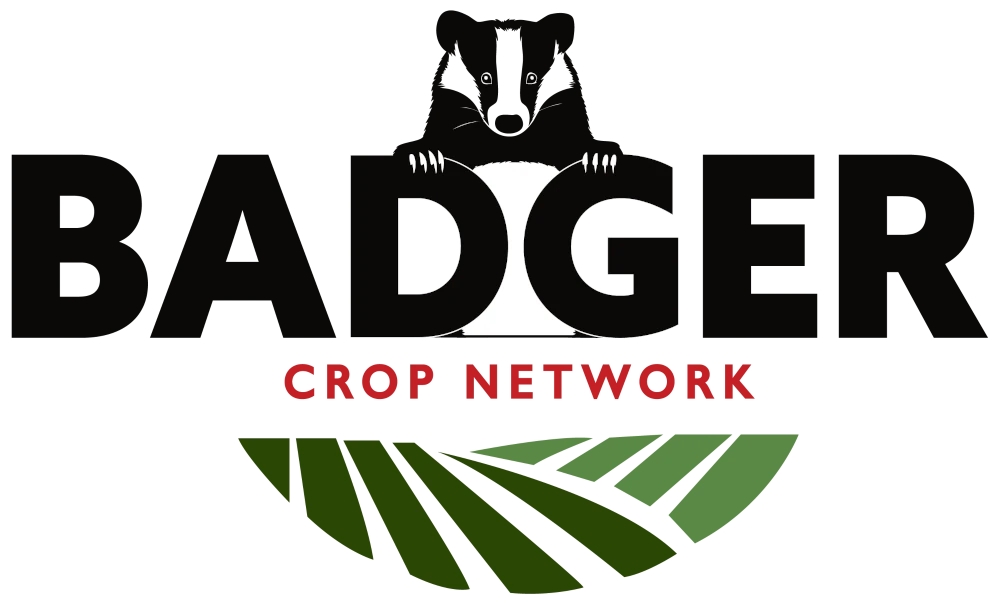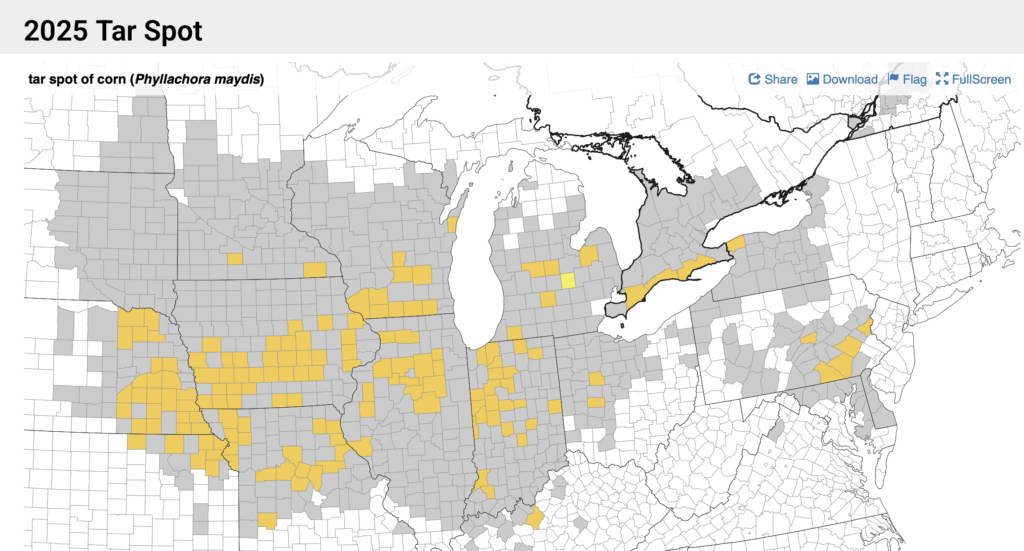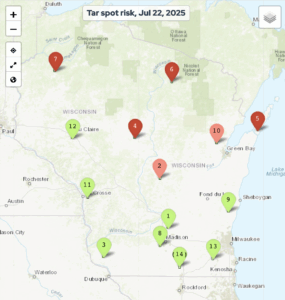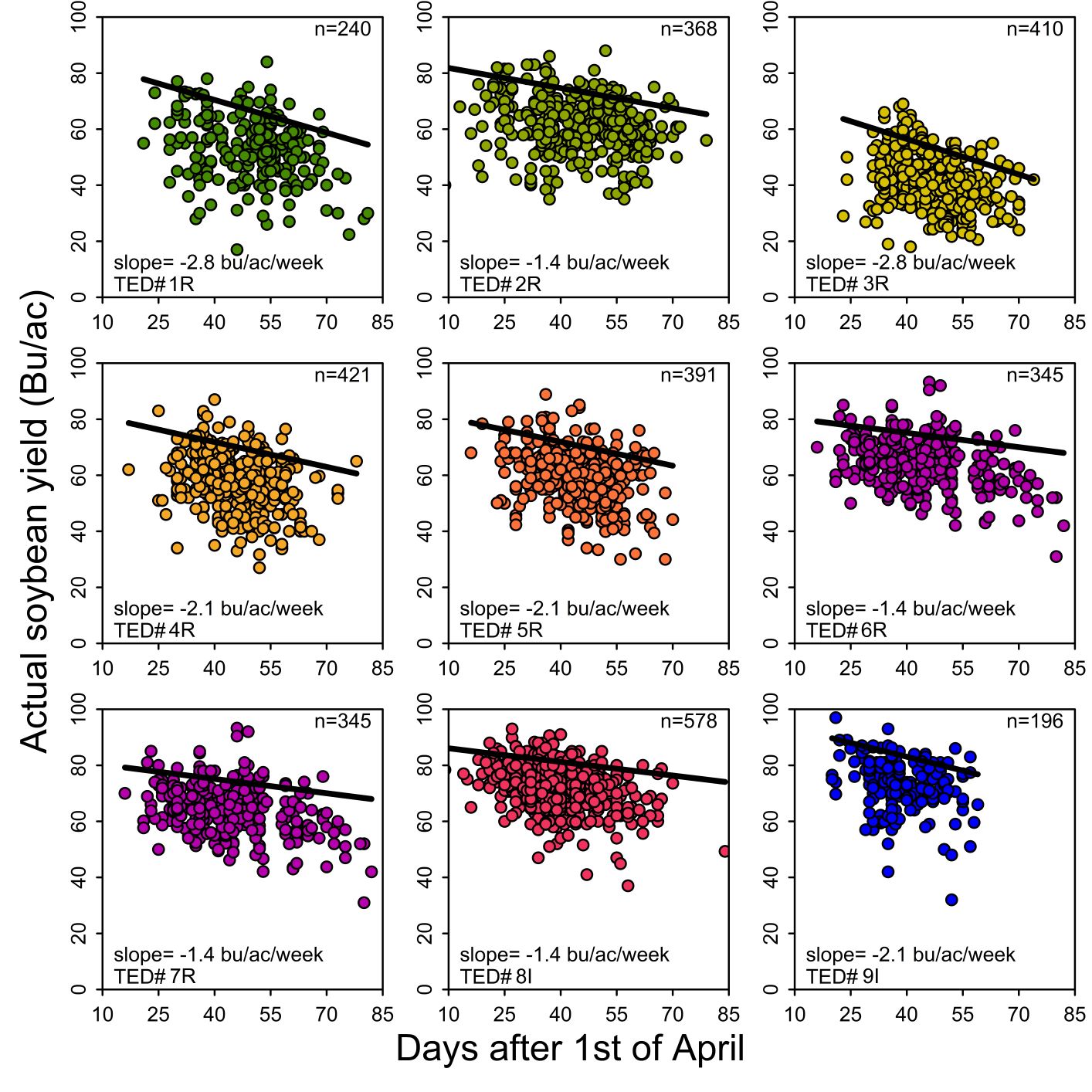Damon Smith, Extension Field Crops Pathologist, Department of Plant Pathology, University of Wisconsin-Madison
Here we are in the middle of the 2025 field season. One that started off cool and wet and has transitioned to warm and wet. This has got folks thinking about diseases and we are getting lots of calls. We are in the middle of critical decision-making time for fungicide applications for both crops. With tight margins this year, the decision to apply fungicides is a controversial one. Remember there are numerous tools at your disposal to make this decision. First, there is the Crop Protection Network Disease Forecasting Tool which can help you determine if there is risk for multiple diseases for corn and soybean, including the important ones in Wisconsin like tar spot and white mold. If you determine that there is risk for a disease of interest and you decide to spray a fungicide, remember that there are several tools including the CPN Fungicide Efficacy Tool along with the CPN Corn Fungicide ROI tool and CPN Soybean White Mold ROI Tool to determine what product might provide the best efficacy while balancing ROI. With that said, let’s talk about what is happening in Wisconsin.
Corn
Corn in Wisconsin looks very good with the timely rains and heat we have had in July. We have found tar spot in multiple counties in the state, but mostly at very low incidence and severity in the lower part of the canopy (Fig. 1). The disease forecasting tool shows low risk of tar spot increase in southern Wisconsin, with pockets of high risk in northern areas of the state (Fig. 2). Farmers should monitor this situation closely as it could change quickly. Remember the best time to apply a fungicide for corn foliar disease control is between the VT and R3 growth stages.
If white silks are out, then the risk for Fusarium infection which can cause Gibberella ear rot is present. Remember that this disease can also lead to the accumulation of deoxynivalenol or DON later in the season. Currently the CPN forecasting tool is showing low risk for Gibberella/DON in such of the state with just several pockets of high risk. This should also be monitored closely as long as there are white silks present. Once brown silks appear, the risk of infection subside as does the need for a fungicide application.
Soybean
Risk for white mold is currently low in the southern portion of the state with high risk in northern areas. Irrigated models are running higher for parts of the state. We also found the apothecia of the white mold fungus in several irrigated soybean fields last week in Wisconsin. Farmers should monitor this situation closely and use the forecasting tools to assist in decision-making.
Frogeye leaf spot risk is running moderate to high in the southern and central portions of the state (Fig. 3). Risk for this disease can extend to the early R5 growth stage. With continued heat and moisture, risk could continue to climb and folks should monitor this tool closely. If a farmer decides to spray for frogeye leaf spot, remember that the products effective for this disease are very different than those effective for white mold management. Careful selection of the product will be key. Be sure to consult the CPN Fungicide Efficacy Tool to make an informed decision.
Remember to get out there and SCOUT, SCOUT, SCOUT!
